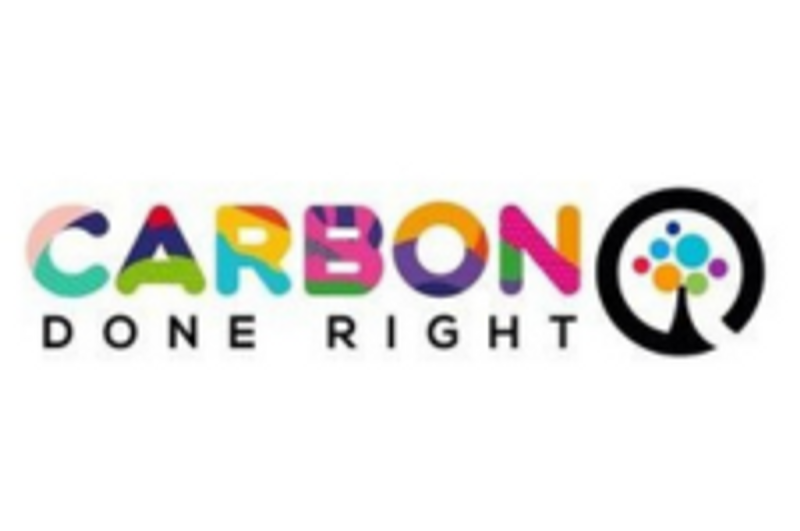In today’s world, the detrimental effects of carbon emissions on our environment have become increasingly apparent. As we look for solutions to combat climate change, the concept of carbon done right has emerged as a promising approach. By understanding the role of carbon in our ecosystems and implementing innovative strategies, we can potentially turn carbon from a problem into a solution.
One key aspect of carbon done right involves harnessing the power of nature to sequester carbon. Natural ecosystems such as forests, grasslands, and wetlands have the remarkable ability to absorb and store carbon dioxide from the atmosphere. By preserving and restoring these ecosystems, we can enhance their carbon sequestration capacity and mitigate the impacts of climate change.
Furthermore, advancements in technology have paved the way for carbon removal solutions that go beyond traditional carbon capture and storage methods. Direct air capture, for example, involves using specialized technology to extract carbon dioxide from the ambient air. This captured carbon can then be stored underground or utilized in various industrial processes, effectively reducing the overall carbon footprint.
In addition to carbon sequestration and removal, sustainable practices in agriculture and land management play a critical role in achieving carbon neutrality. Implementing regenerative farming techniques, such as no-till farming and crop rotation, can help improve soil health and increase carbon sequestration in agricultural lands. By promoting soil carbon sequestration, we can not only mitigate climate change but also enhance food security and biodiversity.
Furthermore, the concept of carbon pricing has gained traction as a mechanism to incentivize companies and individuals to reduce their carbon emissions. By imposing a price on carbon emissions, polluters are encouraged to invest in cleaner technologies and practices, ultimately transitioning towards a low-carbon economy.
Moreover, partnerships between governments, businesses, and communities are essential in driving collective action towards carbon neutrality. Collaborative initiatives such as the Carbon Offsetting and Reduction Scheme for International Aviation (CORSIA) bring together stakeholders to offset carbon emissions from the aviation sector through sustainable projects like reforestation and renewable energy.
In conclusion, the concept of carbon done right offers a holistic approach to addressing the challenges of climate change. By leveraging nature-based solutions, technological innovations, sustainable agriculture practices, carbon pricing mechanisms, and collaborative partnerships, we can effectively manage carbon emissions and pave the way towards a more sustainable future for generations to come. Embracing the principles of carbon done right is not only an environmental imperative but also a pathway to creating a more resilient and thriving planet.

